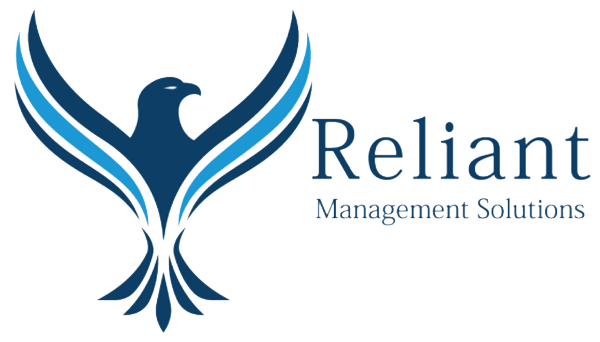Carrying $20,000 in credit card debt can feel overwhelming, but with a clear plan, it’s possible to regain control and achieve financial freedom. By following a structured approach, you can reduce interest costs, simplify repayment, and become debt-free faster.
Step 1: Assess Your Financial Situation
Start by taking a comprehensive look at your finances:
-
List all credit card balances, interest rates, and minimum payments
-
Track monthly income and expenses
-
Identify how much extra money can be allocated toward debt repayment
Understanding your financial picture is crucial for creating a realistic and effective repayment plan.
Step 2: Choose a Debt Repayment Strategy
Two widely used strategies can help you pay off credit card debt efficiently:
-
Debt Snowball Method – Focus on paying off the smallest balance first while making minimum payments on other cards. This method builds momentum and motivation.
-
Debt Avalanche Method – Focus on the card with the highest interest rate first to save money on interest over time.
Select the strategy that best fits your personality and financial goals.
Step 3: Create a Monthly Payment Plan
Determine how much you can pay toward your debt each month beyond the minimum payments. The more you pay, the faster you’ll be debt-free.
Example:
-
Total debt: $20,000
-
Minimum monthly payments: $600
-
Extra funds available: $400
-
Total monthly payment toward debt: $1,000
This approach accelerates repayment and reduces interest paid over time.
Step 4: Consider Debt Consolidation or Balance Transfers
If eligible, debt consolidation or a 0% APR balance transfer can simplify payments and reduce interest costs:
-
Personal loans with lower interest rates
-
Balance transfer credit cards with introductory 0% APR offers
These options can save money and make managing multiple debts easier.
Step 5: Reduce Expenses and Increase Income
Free up additional funds to pay down debt faster:
-
Cut non-essential spending like dining out or subscriptions
-
Redirect extra income from side jobs or bonuses toward debt
-
Make temporary lifestyle adjustments to accelerate payoff
Step 6: Track Your Progress and Stay Motivated
Monitoring your balances monthly and celebrating milestones helps maintain motivation. Use apps, spreadsheets, or charts to visualize progress and stay focused on your debt-free goals.
Step 7: Avoid Accumulating New Debt
To ensure long-term financial stability:
-
Avoid using credit cards for new purchases
-
Build an emergency fund to handle unexpected expenses
-
Stick to a budget and live within your means
Final Thoughts
Paying off $20,000 in credit card debt may seem daunting, but a structured plan, disciplined budgeting, and consistent payments can make it achievable. By following this step-by-step guide, you can reduce interest costs, simplify repayment, and move toward a debt-free future with confidence.






Recent Comments